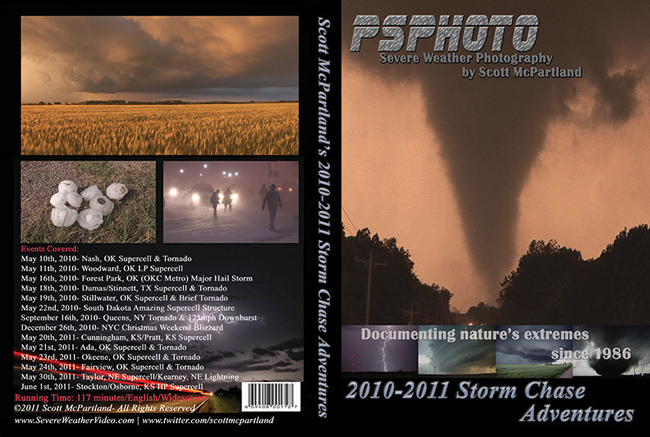storm chase highlights video in ARLINGTON

storm chase highlights video ARLINGTON
storm chase highlights video in ARLINGTON.Most strong es form from wall clouds.Wall clouds are caused by the ascending and converging air of the updraft ingesting moist, cooled air from the normally downwind.
In s, this is the.
Wall clouds may form as a descending of the cloud base or may form as rising consolidates and organizes.
Rotating wall clouds are visual evidence of a.
It can be thought of as an extension of the wall cloud in that not only is it connected to the wall cloud but also that condensation forms for a similar reason.
Cloud elements may be seen to be moving into the wall cloud, as it is an inflow feature.
Most movement is horizontal, but some rising motion is often apparent as well.
Some wall clouds also have a band of cloud fragments encircling the top of the wall cloud where it meets the ambient cloud base; this feature is a collar cloud.
Shelf cloud occasionally people see a and think they have seen a wall cloud, which is an easy mistake, since an approaching shelf cloud appears to form a wall made of cloud.
Wall clouds will tend to slope in, or toward the precipitation area, whereas shelf clouds as clouds will jut outward from the storm.
In the special case of a thunderstorm but also occasionally with intense s, the wall cloud will often be seen to be rotating.
A rotating wall cloud is the area of the thunderstorm that is most likely to produce es, and the vast majority of intense tornadoes.
Is most likely when the wall cloud is persistent with rapid ascension and rotation.
The wall cloud typically precedes tornadogenesis by ten to twenty minutes but may be as little as one minute or more than an hour.
Tornadic wall clouds tend to have strong, persistent, and warm inflow air.
This should be sensible at the surface if one is in the inflow region; in the northern hemisphere, this is typically to the south and southeast of the wall cloud.
Although it is rotating wall clouds that contain most strong tornadoes, many rotating wall clouds do not produce tornadoes.
The rfd initiates the tornado, around the mesocyclone, and when it wraps completely around, cuts off the inflow causing death of the lowlevel mesocyclone and tornadolysis.
Therefore, in most cases, the rfd is responsible for both the birth and the death of a tornado.
The wall cloud withers and will often be gone by the time the tornado lifts.
Комментариев нет:
Отправить комментарий